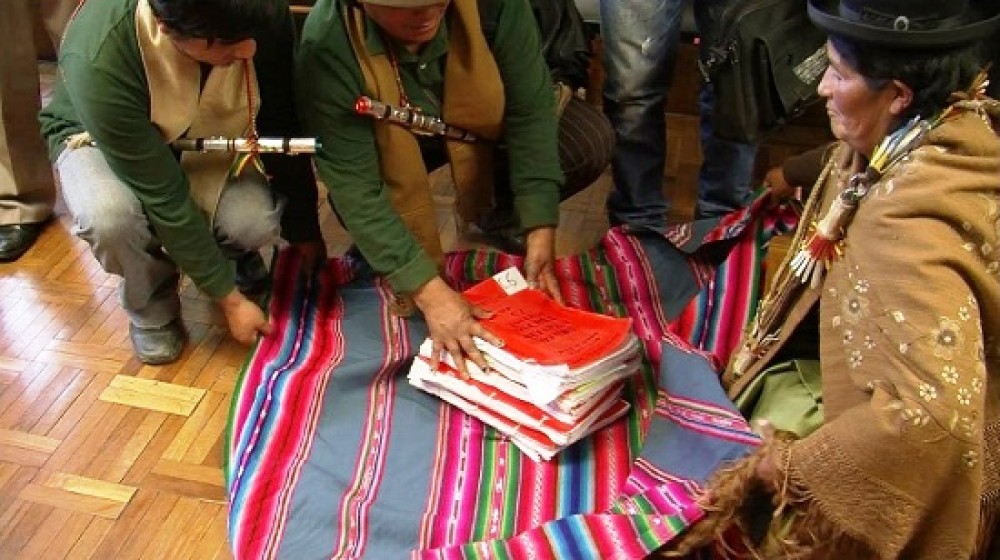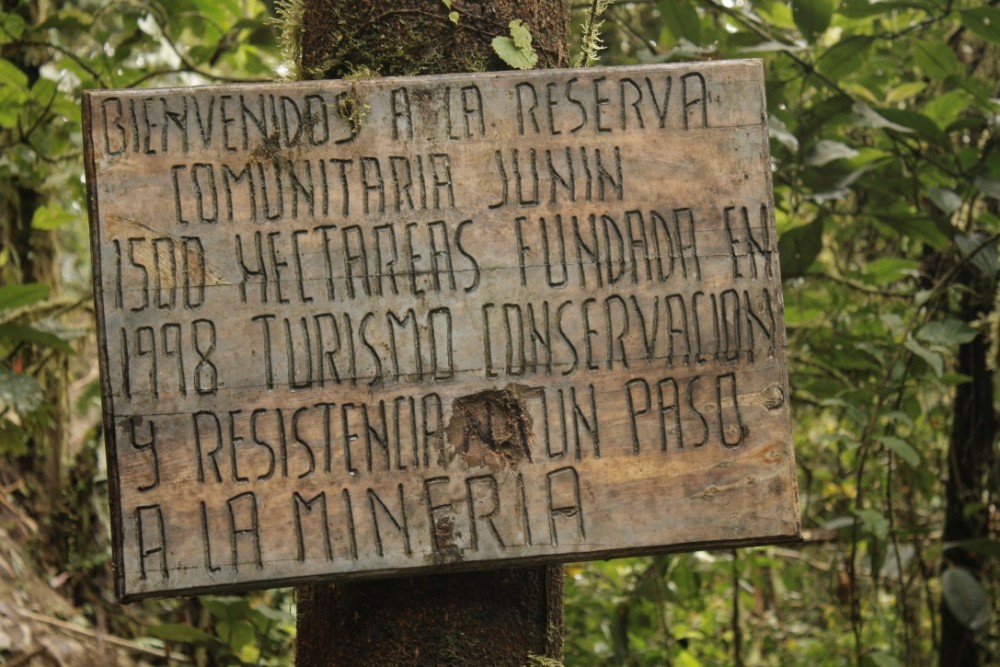T&V Has a High Payoff
T&V has a high payoff. A new
approach to petroleum exploration. More books for schools,
by A. Buchan, C. Denning, T. Read, D. Lacase, and S. Diop.
Better transport, by Phillip Moeller and S. Carapetis et al.
A new deal for mining. Public examinations: problem or
solution, by Kelleghan and Greaney. Nexus update. A
comprehensive approach to land management, by Walter J.
Lusigi and Bengt A. Nekby. Agriculture research to be revitalized.







